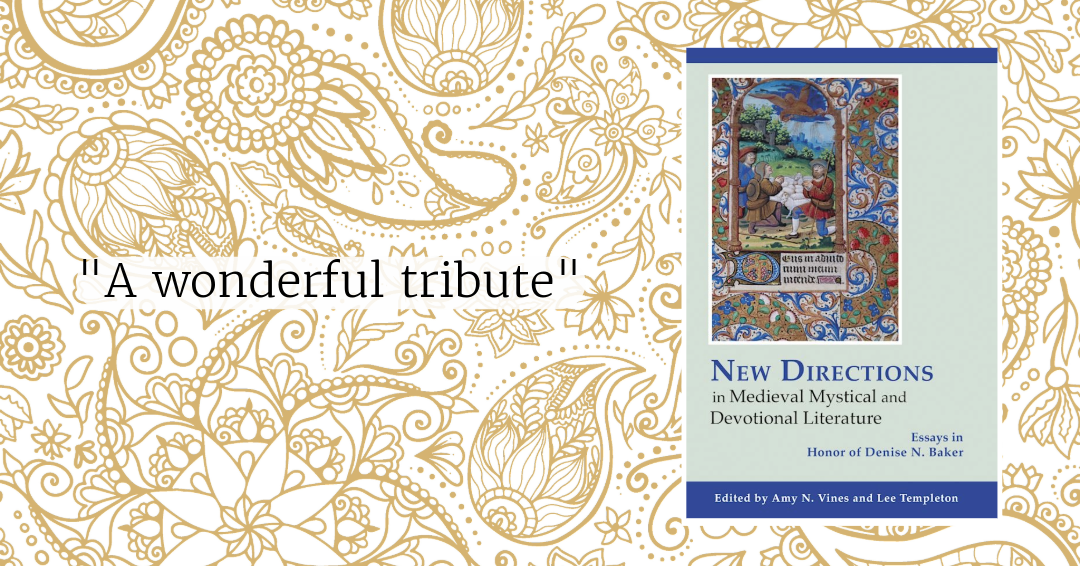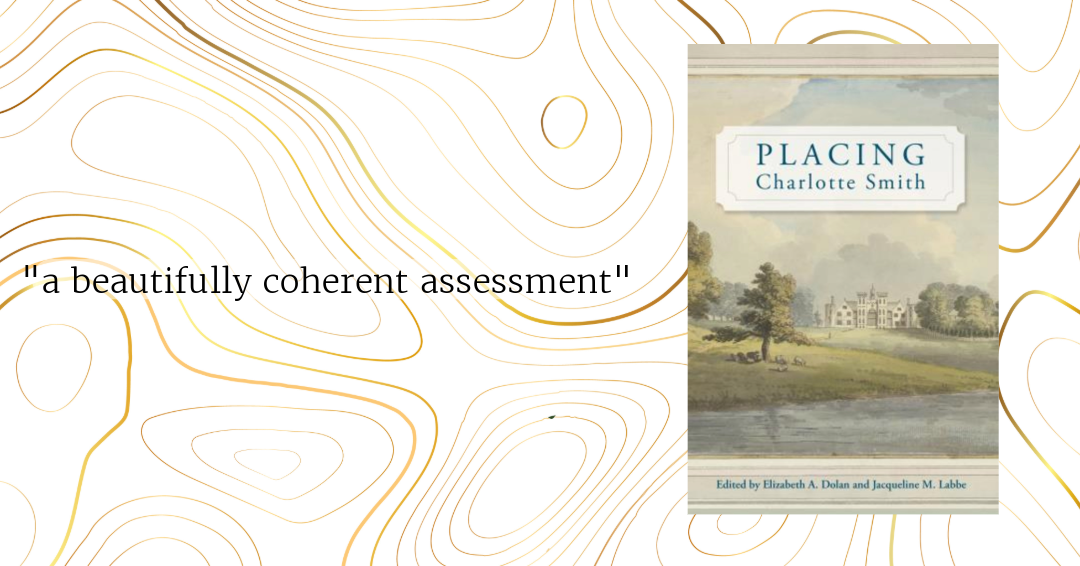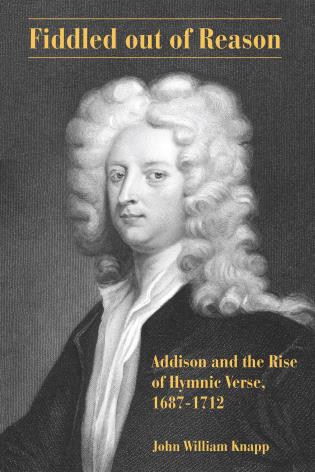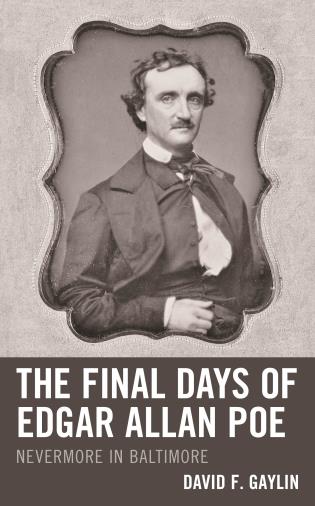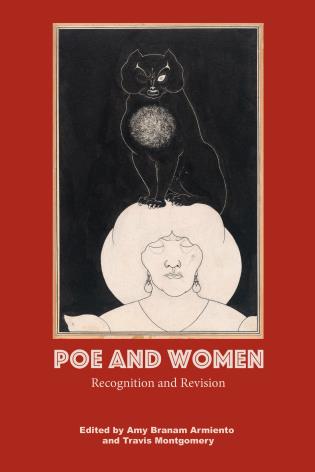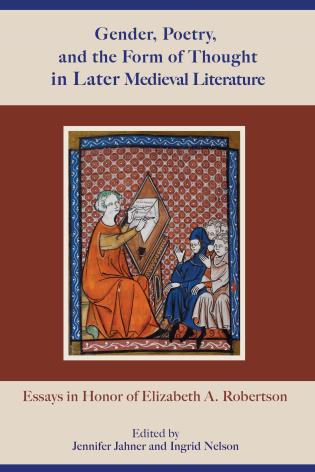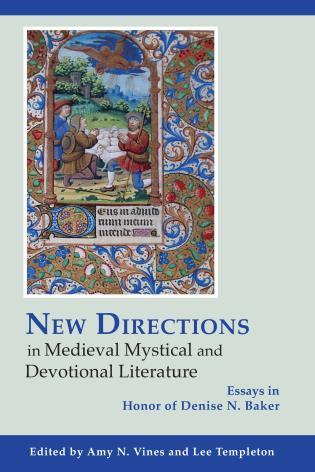Beginning with the scientific travelers and Travelogues of the eighteenth and nineteenth centuries, this book traces the relations between the discourse of science and the discourse of literature through the influence of the human sciences in the first half of the twentieth century, and on to that of the communication and information sciences, including the new multimedia technologies, in the second half of our century. Throughout, the images of scientists, science, and technology seen in contemporary Latin American fiction, and hyper-fiction, are compared and contrasted with the needs and realities of Latin American society and culture. This book seeks to elucidate both the historical and the present responses of a technology dependent culture to the discourse of science and technology, as these responses are represented in its literature. Additionally, the book endeavors to analyze the mutual influences of science, technology and literature in order to ascertain the degree to which literature does serve, and might serve, to transform the roles of technology in Latin American society.
Within the larger framework of science, technology, and society studies, this book explores the relations between the Social Imaginary, science and technology, and Latin American literature. The goal of this investigation is that of evaluating the possible influence of literature in altering the Social Imaginary and hence the discourses mediated by it, especially the dominating versions of the discourses of science and technology which, by positing the relation between society and nature as one of binary competition, have produced disastrous results for both humanity and the environment, particularly in Latin America.
In order to effect this analysis, Hoeg draws upon the work of Latin American literary critics such as Roberto González Echevarría and Jane Robinett, philosophers of society and technology from Martin Heidegger to Cornelius Castoriadis and, most importantly, Latin American writers such as Colombia's Gabriel García Márquez, Chile's Isabel Allende, and Brazil's Jorge Amado. The result is a panoramic vision that unites scientific and humanistic perspectives to provide a more inclusive picture of Latin American culture at the dawn of a new millennium.



